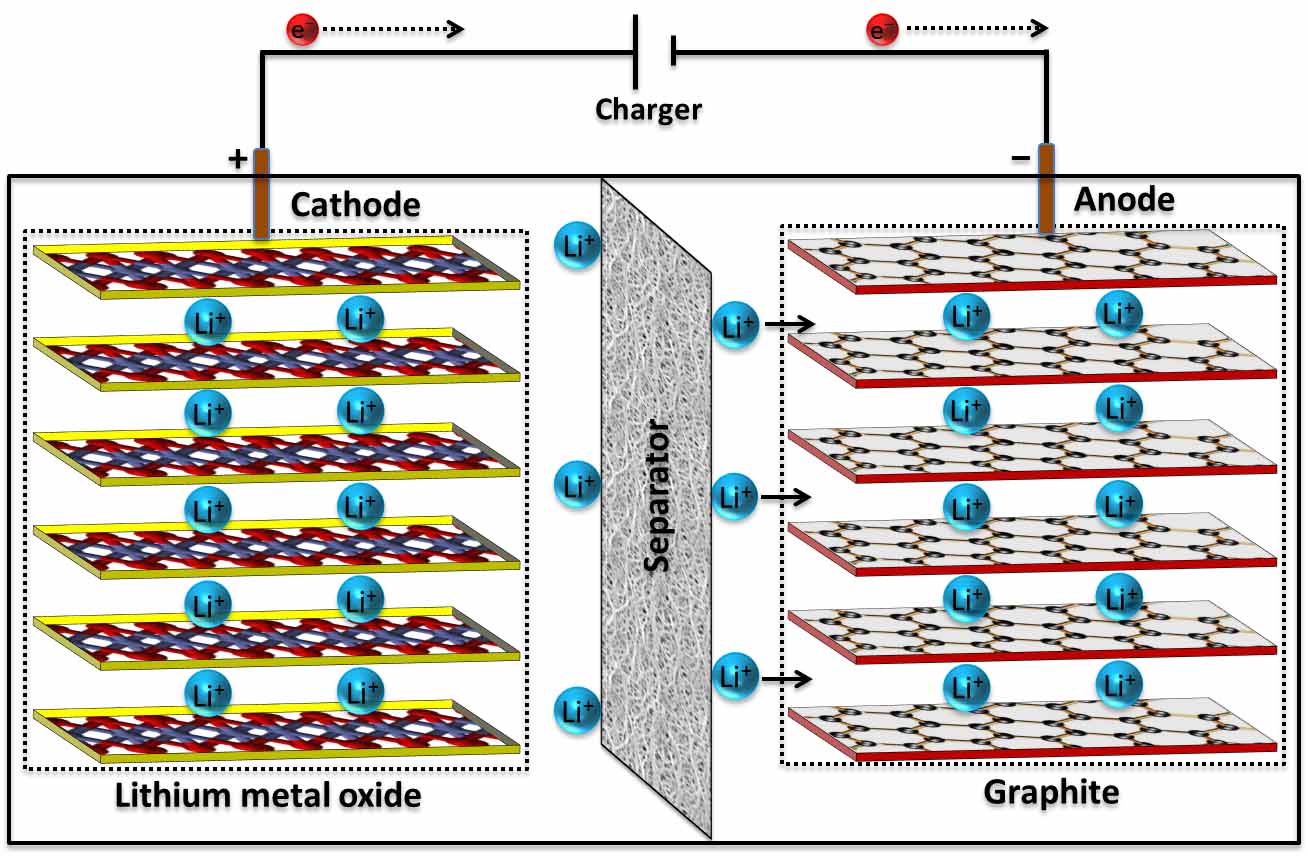AGC’s Coosa and
Bama graphite projects are located in the ‘heart of Dixie’ in Alabama. The state has long been a mineral resource,
allowing Birmingham, Alabama to develop as an industrial center beginning in
the 1800s. Flake graphite is found
dispersed in the metamorphic rocks in Alabama’s east-central section. At the sector’s peak in the 1950s, there were
43 graphite mines and 30 processing plants in Alabama, including those in Coosa
and Chilton Counties where AGC’s Coosa and Bama projects are located. The rise of China’s synthetic graphite
producers flooded the market with low priced graphite materials, later driving
U.S. graphite producers out of business.
Graphite has taken
on more strategic value as the country shifts to fossil fuel alternatives such
as electric power stored in lithium ion batteries. Lithium ion batteries deliver three times the
capacity of a lead-acid battery with only about one-third the weight and
volume. After an initial However, a single large lithium ion battery
requires considerable graphite for the anode component and the U.S. military
does not want to be dependent upon China suppliers for batteries or the
critical materials to make them.
Thus in November
2014, the U.S. Department of Defense provided funding for commercial battery
producer EaglePicher
Corporation to develop low-cost production and sourcing
of raw materials for lithium ion batteries.
Since then EaglePicher has been building out its Lithium Ion Center of
Excellence in Joplin, Missouri. In
January 2016, EaglePicher formed a strategic alliance with Valence Technology, which has
developed a high-power cathode powder and proprietary lithium ion cell design.
 While AGC disclosed
no names for the lithium ion battery manufacturers, it seems more likely than
not that EaglePicher and/or its partner Valence Technology could be among the group. AGC is providing samples of processed
graphite materials sourced from its Coosa graphite project. First, the material is put through the usual process
to extract and isolate the graphite ore.
These steps involve crushing and grinding the rocks and then ‘floating’
the graphite particles to the top of a water-mineral suspension. The graphite is then processed further in a ‘polishing’
step.
While AGC disclosed
no names for the lithium ion battery manufacturers, it seems more likely than
not that EaglePicher and/or its partner Valence Technology could be among the group. AGC is providing samples of processed
graphite materials sourced from its Coosa graphite project. First, the material is put through the usual process
to extract and isolate the graphite ore.
These steps involve crushing and grinding the rocks and then ‘floating’
the graphite particles to the top of a water-mineral suspension. The graphite is then processed further in a ‘polishing’
step.
Like others in
the current graphite development market, AGC is faced with the need to take a
more refined graphite product to market.
AGC has extended its production process to a second set of steps to
produce spherical graphite is can qualify to use in batteries. Refinement steps involve more grinding and
crushing to ‘micronize’ or reduce particle size and then ‘spheroidization’ to
achieve the spherical shape that works best in battery components. The particles are then ‘coated’ with a later
of pure carbon.
The result is a
higher value product that is more likely test well in the laboratories of
battery manufacturers - after all the proof really is in the pudding. Indeed, AGC has been successful in producing
ultra-high purity grade spherical graphite.
AGC is not waiting for surprise test results from its potential
customers to prove the value of its graphite materials. In early 2016, the company commissioned
independent tests of its ‘coated spherical graphite’ in lithium ion battery
coin cells. The exercise found that the
company’s ultra high purity spherical graphite exceeded the performance of the comparison
benchmark of commercially available graphite materials.
It is estimated
that one kilogram of coated spherical graphite is required to produce one
kilowatt hour of energy from a lithium ion battery. Notably as this article was prepared, Tesla
Motors announced the availability of a new upgraded
battery pack for its Model S and X all-electric cars. The new 100 kilowatt hour battery pack
extends range and acceleration capacity.
The announcement makes easy the math for graphite producers: one car, one battery pack, 100 kilowatt hours
of energy and 100 kilograms of graphite.
Encouraging test
results and estimates of large market opportunity will not be enough. AGC must scale its production process to high
volume and consistently bring graphite to market. To that end in February 2016, the company did
a trial run with a pilot plant at its Coosa project, achieving largely positive
results for the first set of steps its processing plan. Approximately 130 tons of graphitic material
from the Coosa project was processed in the plant, from which 3 tons of
graphite concentrate was extracted. Importantly, all of the concentrate was
suitable for secondary processing into higher value spherical graphite.
According to its
most recently issued financial report, AGC held CDN$486,690 in cash (US$374,751)
in cash in the bank at the end of May 2016.
That is not a very large nest egg for a company in critical
conversations with potential customers. Fortunately,
someone at the company must be holding tight to the purse strings. The company is using about CDN$105,000 in
cash (USD$80,860) each month to support operations.
AGC is
capitalized exclusively with equity, with the most recent issuance of common
stock through a private placement in early May 2016. Investors can expect additional issuance of
common stock from this company, most likely following news of battery customer
test results.
Neither the author of the Small Cap Strategist web
log, Crystal Equity Research nor its affiliates have a beneficial interest in
the companies mentioned herein.
No comments:
Post a Comment